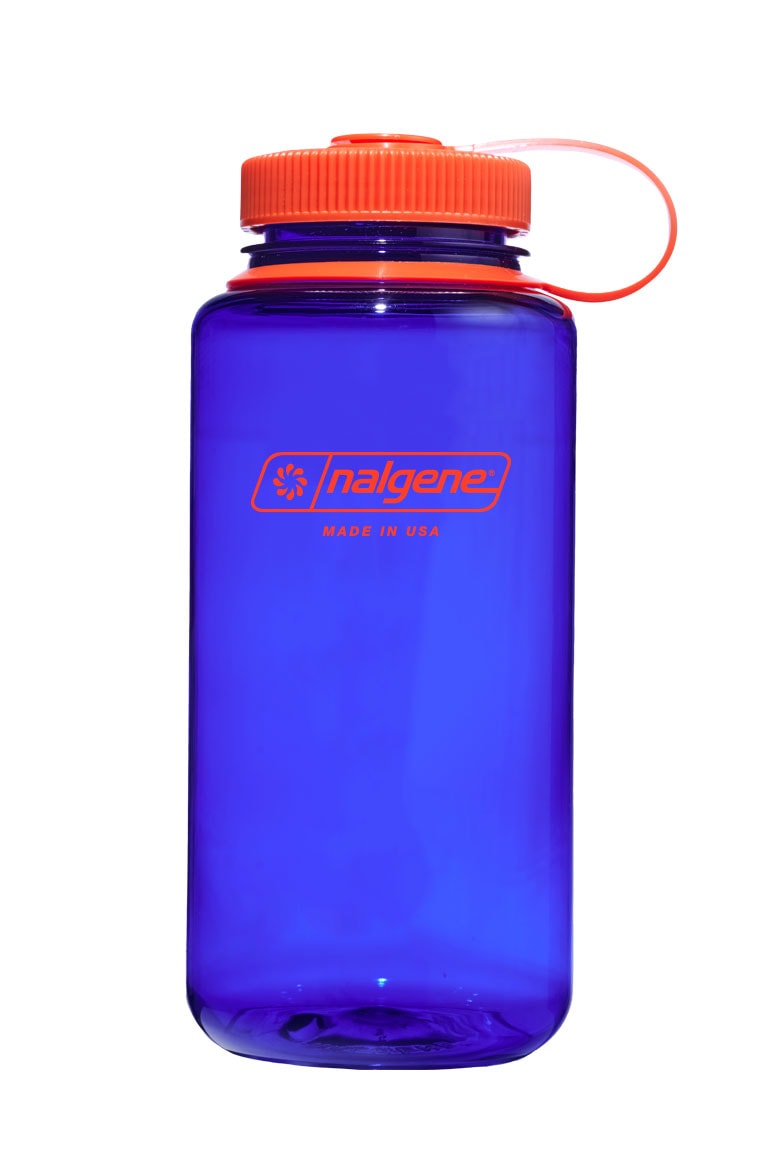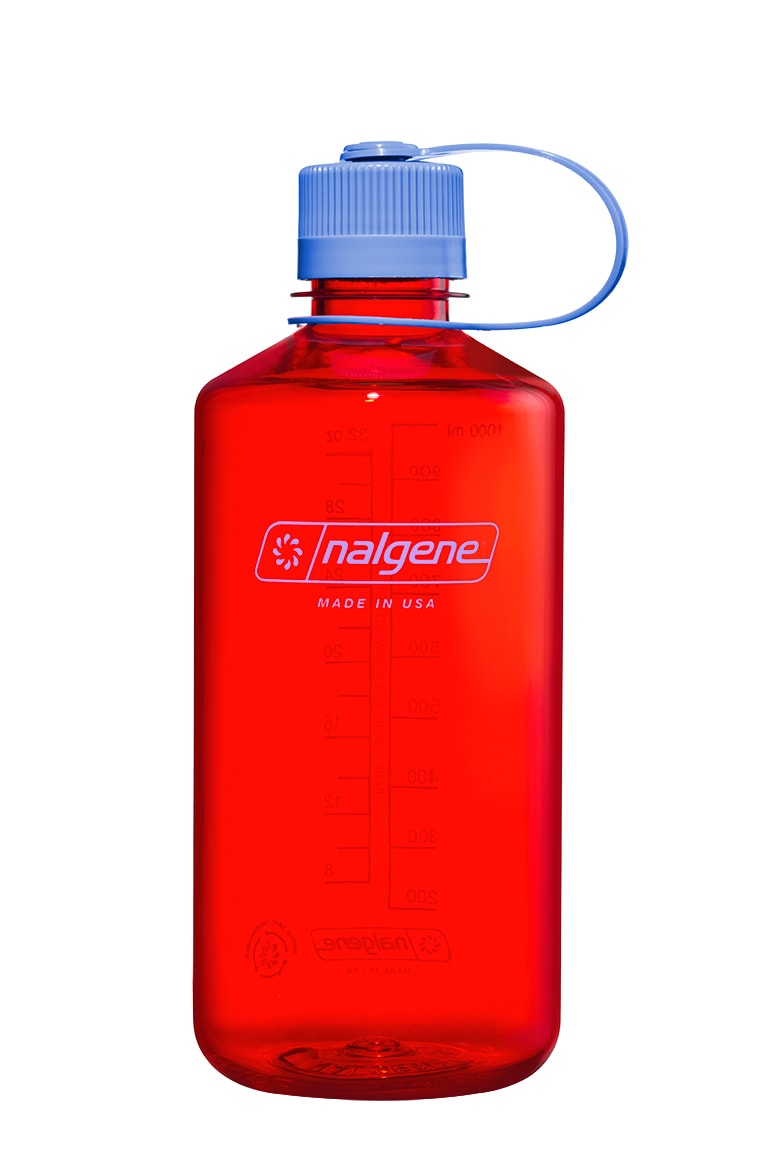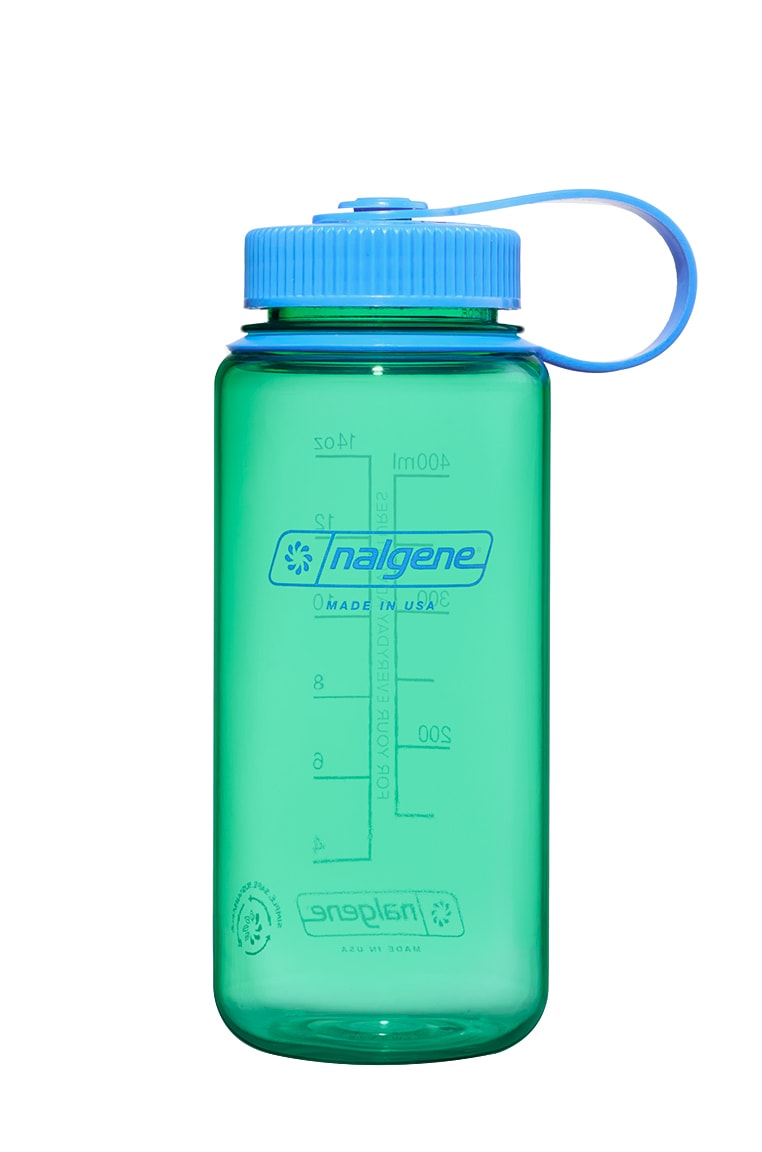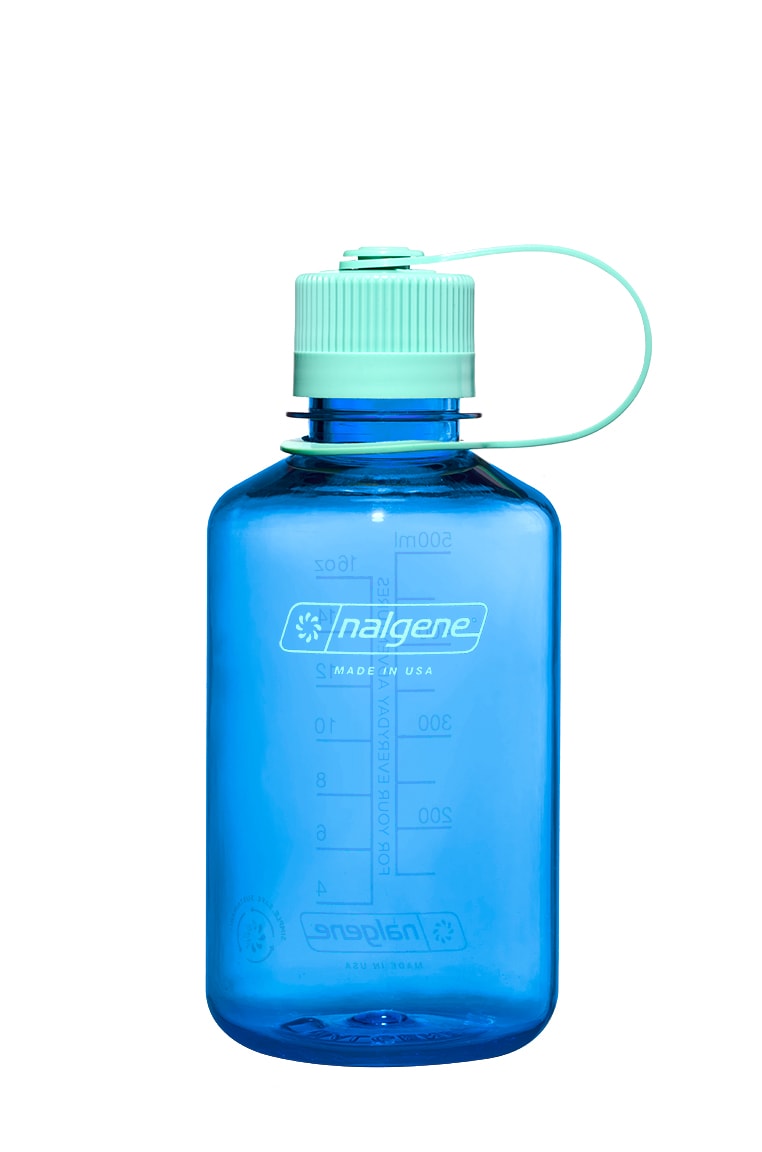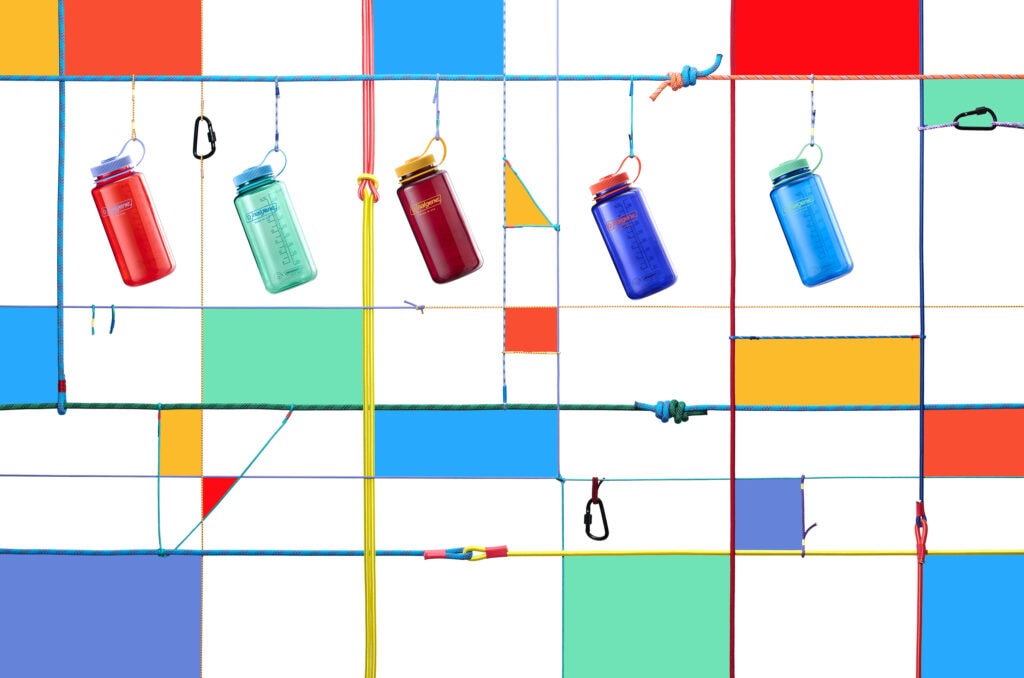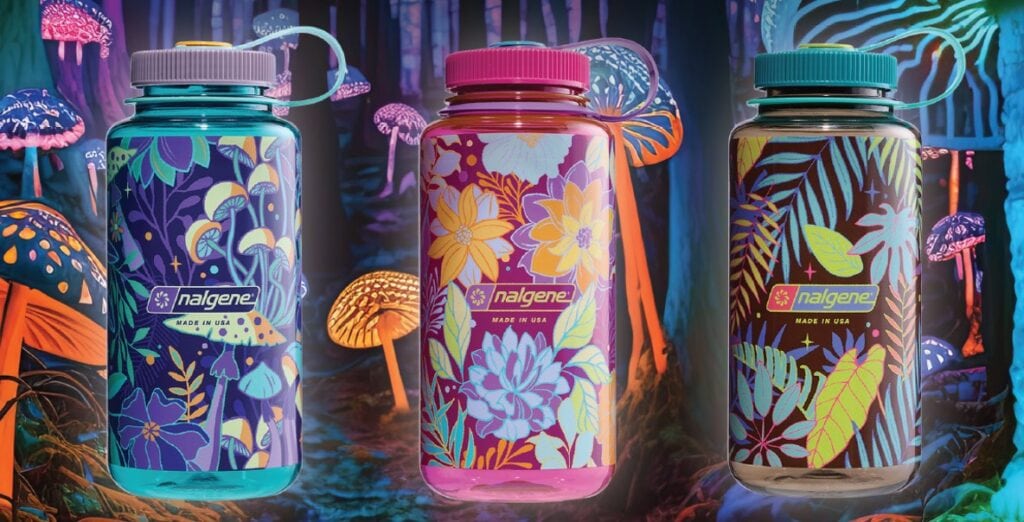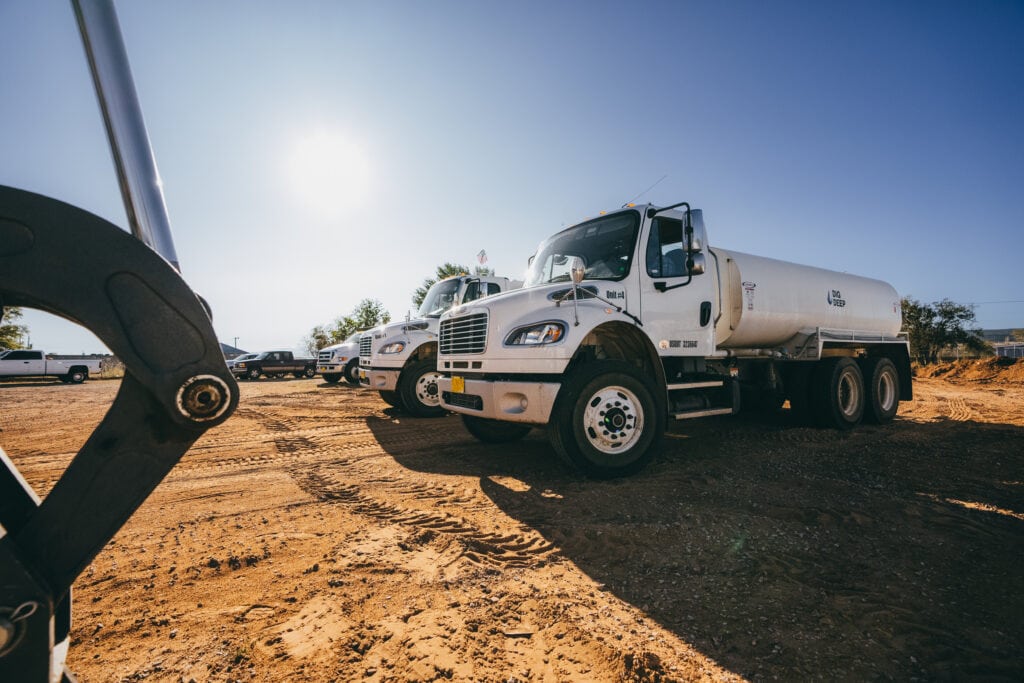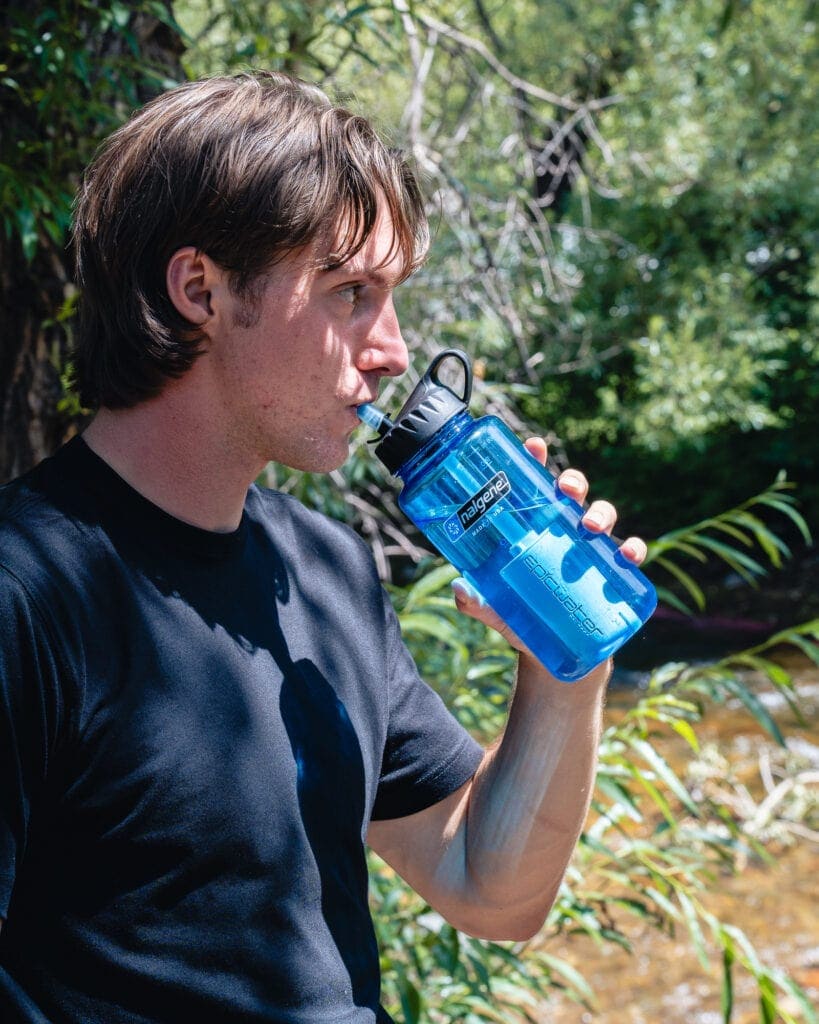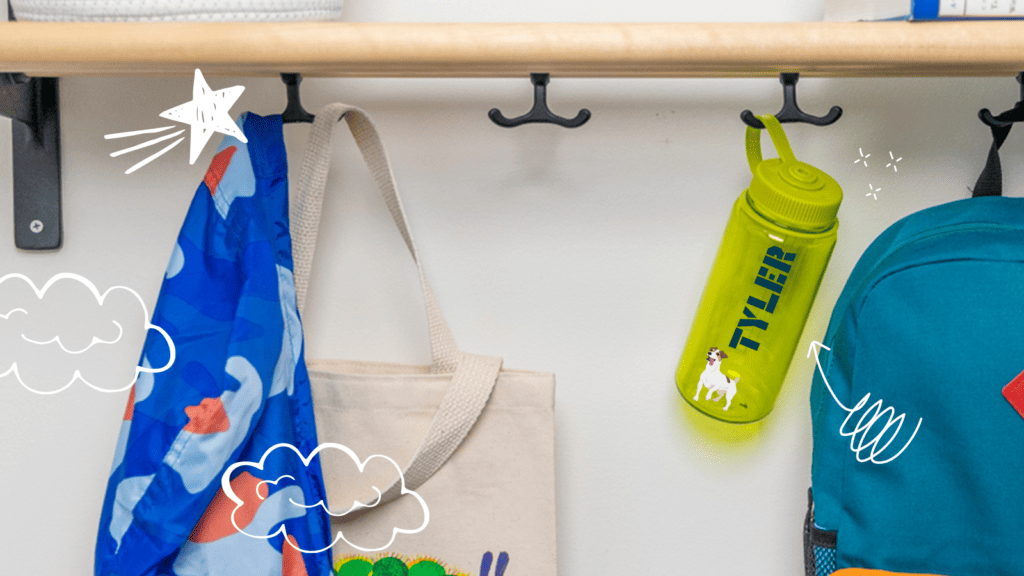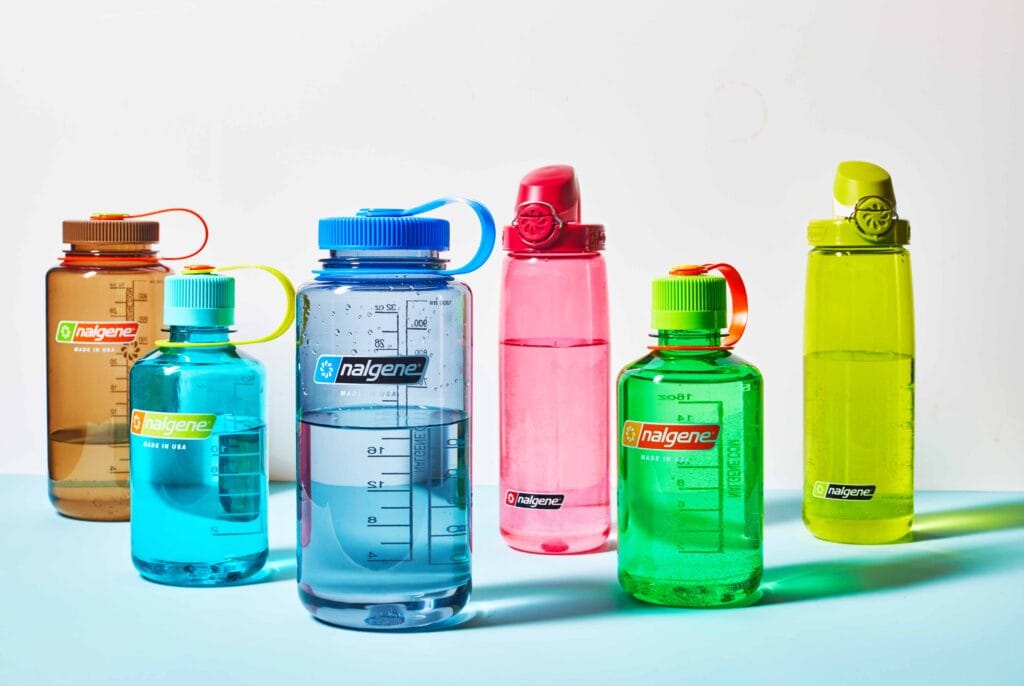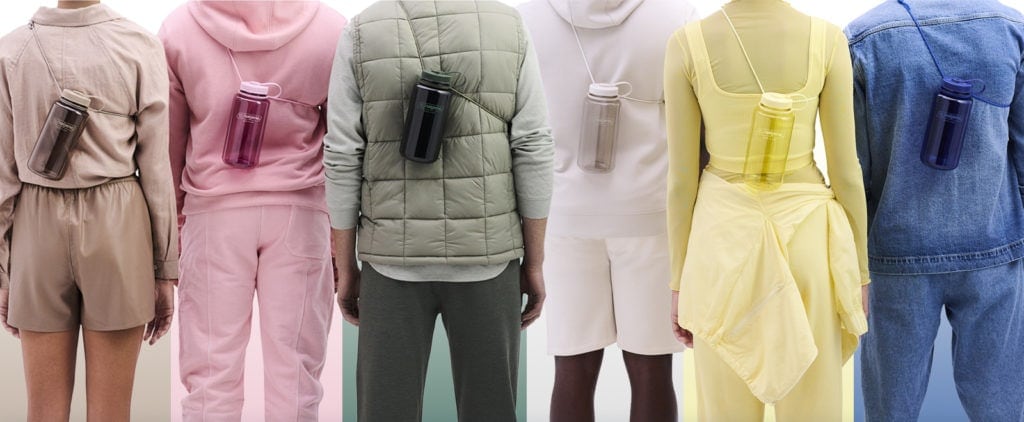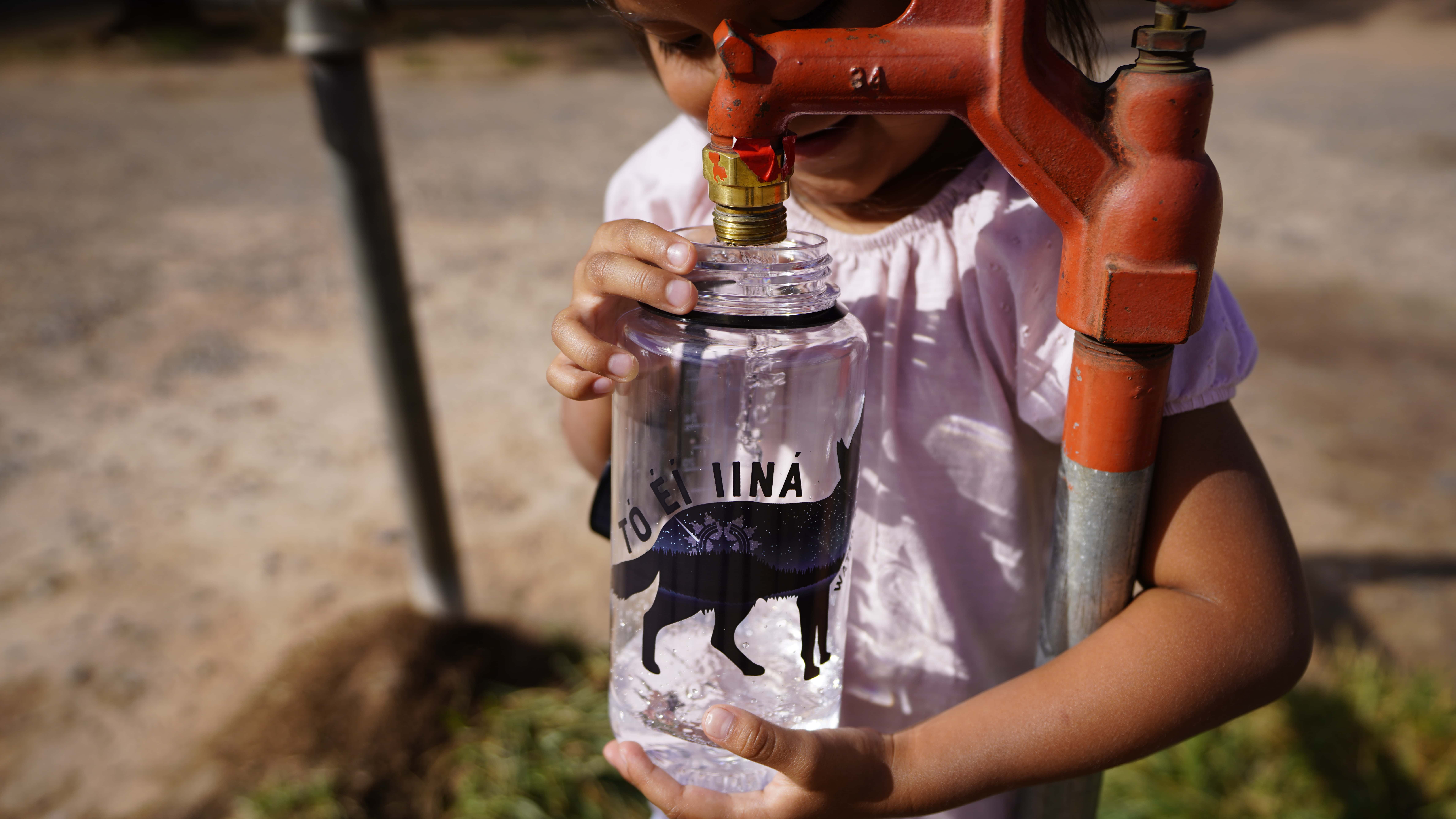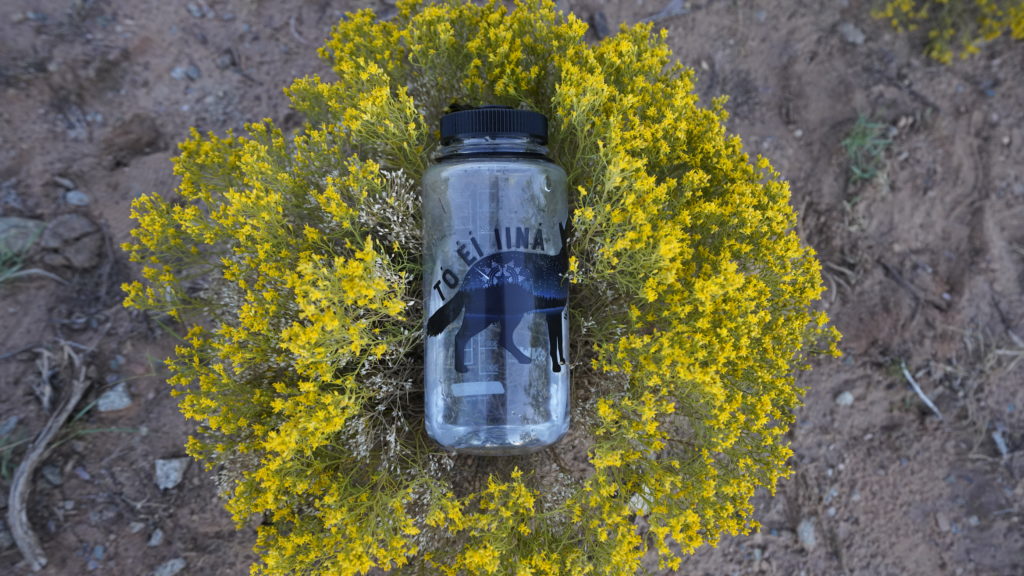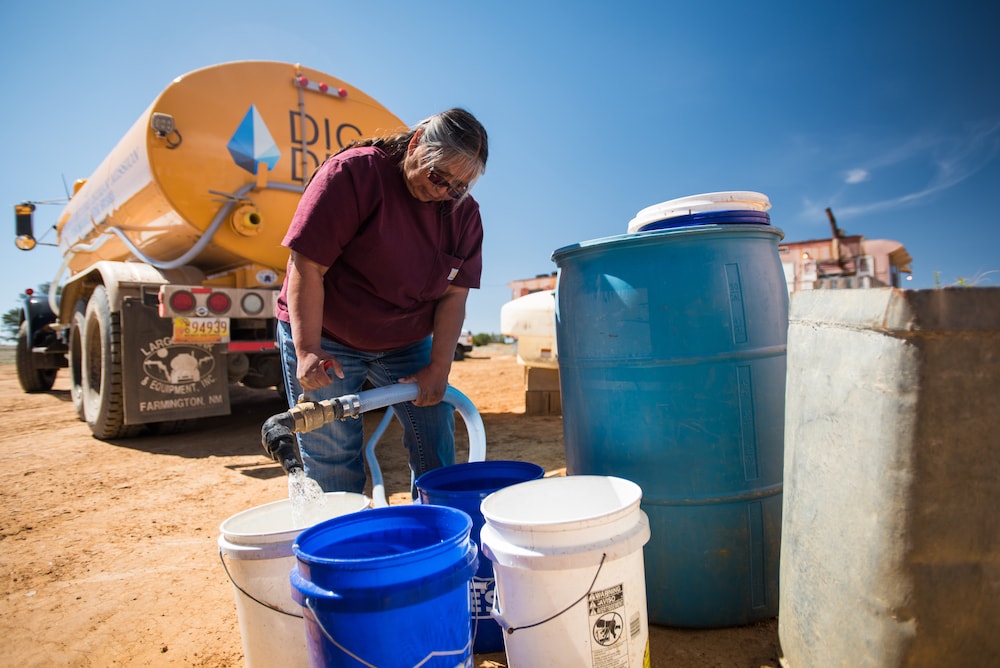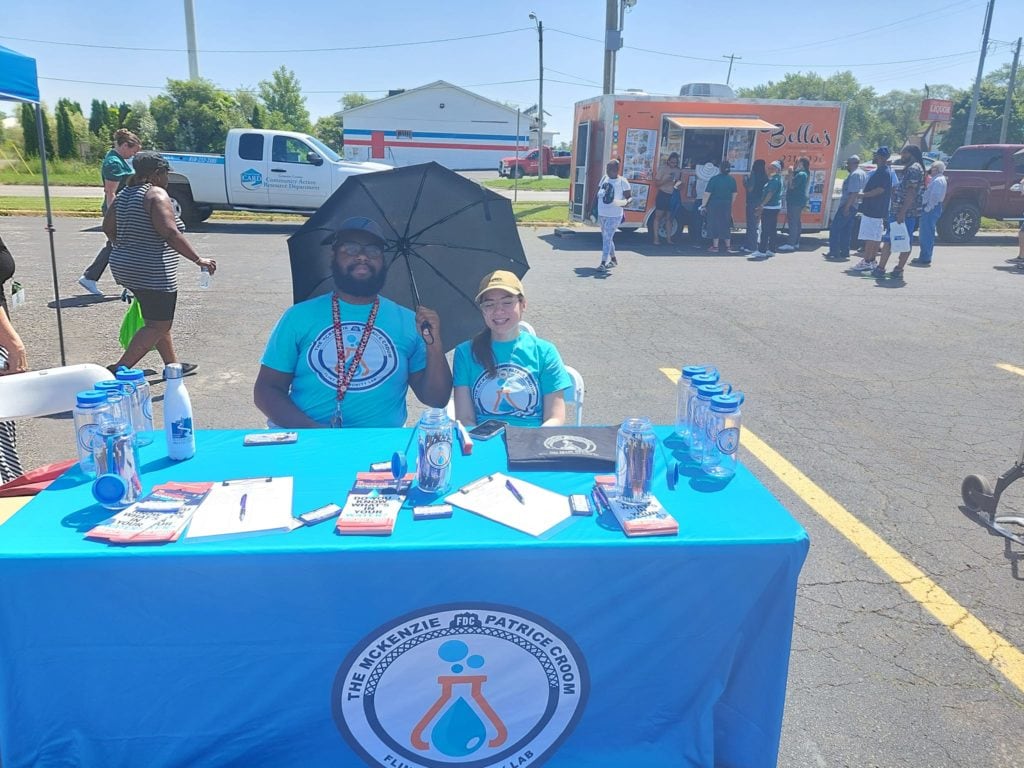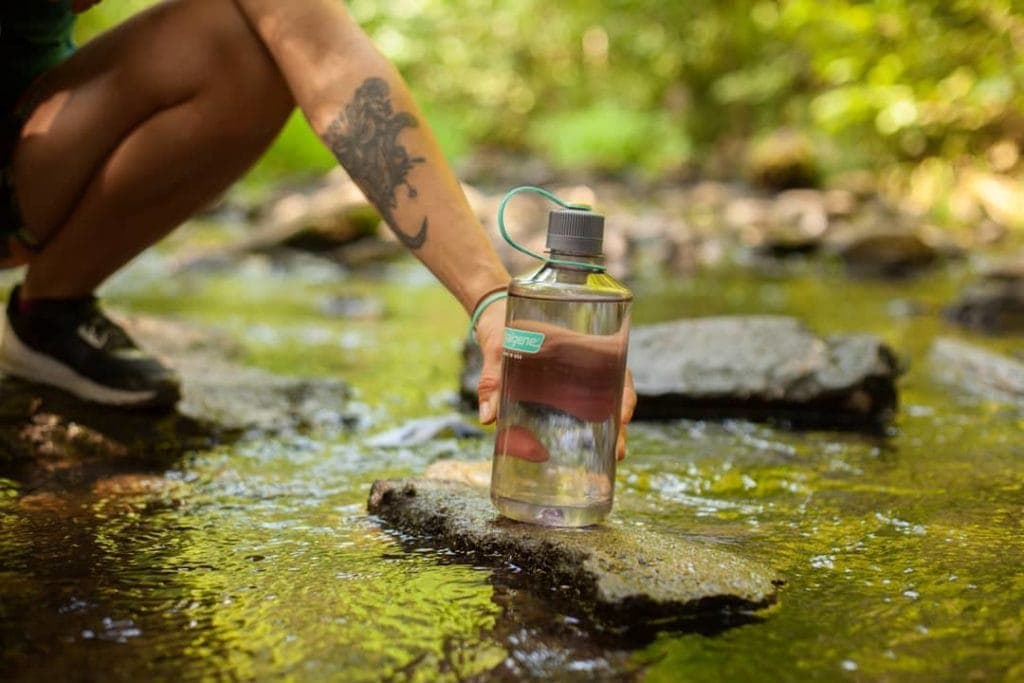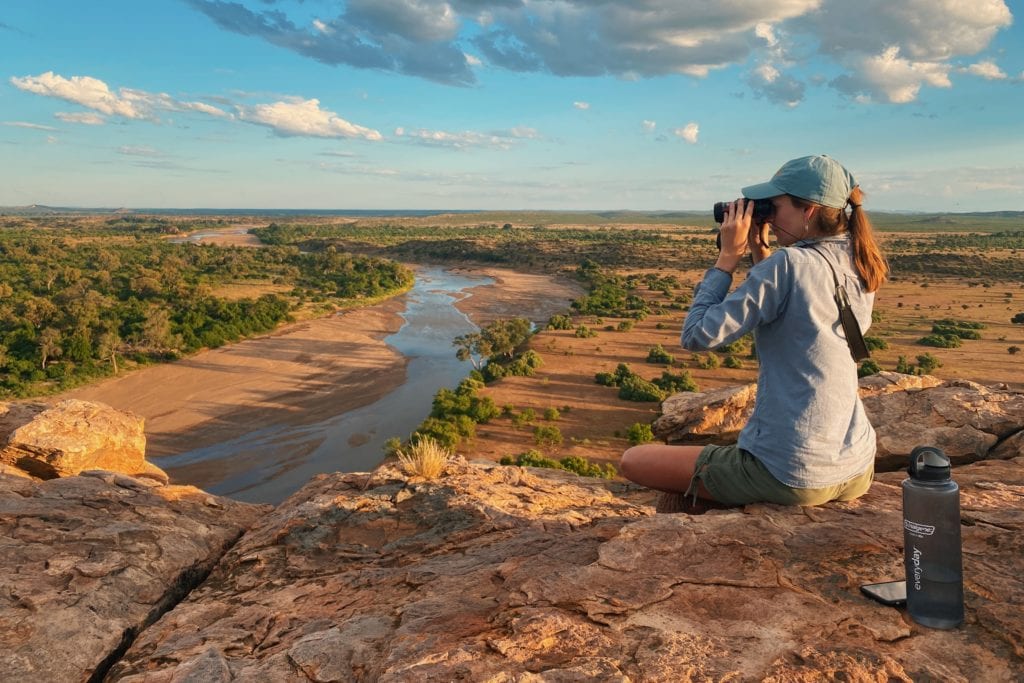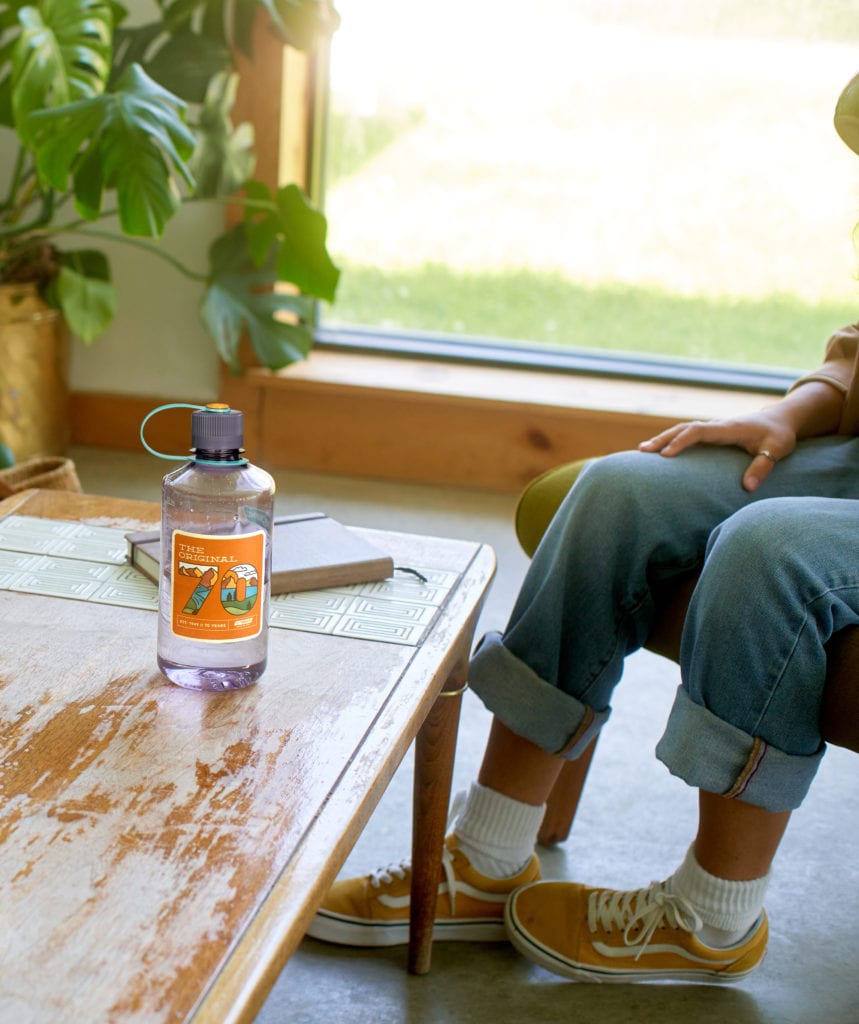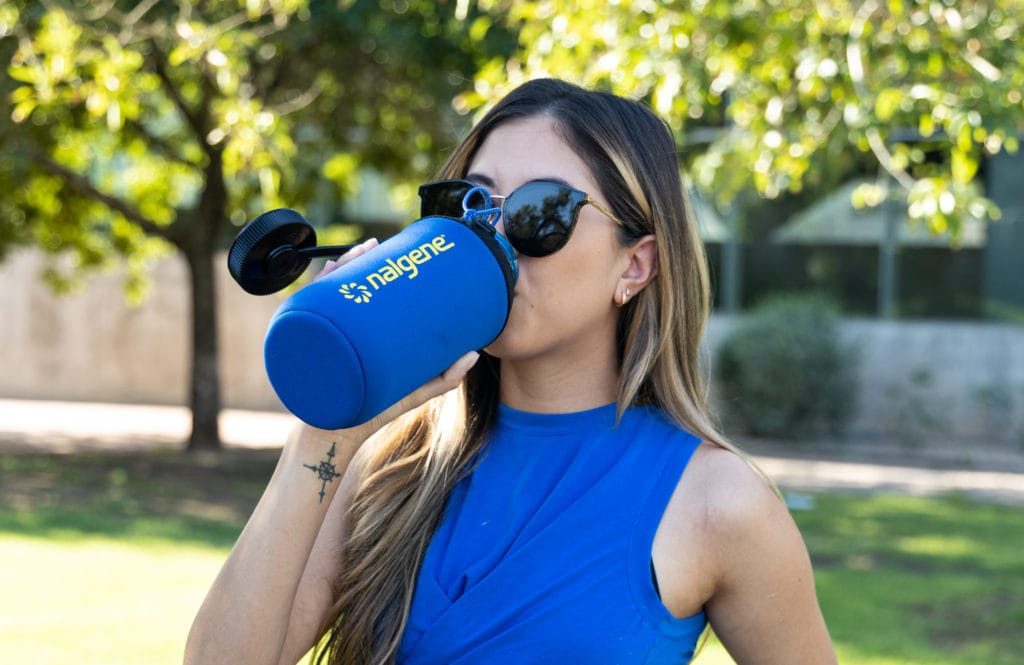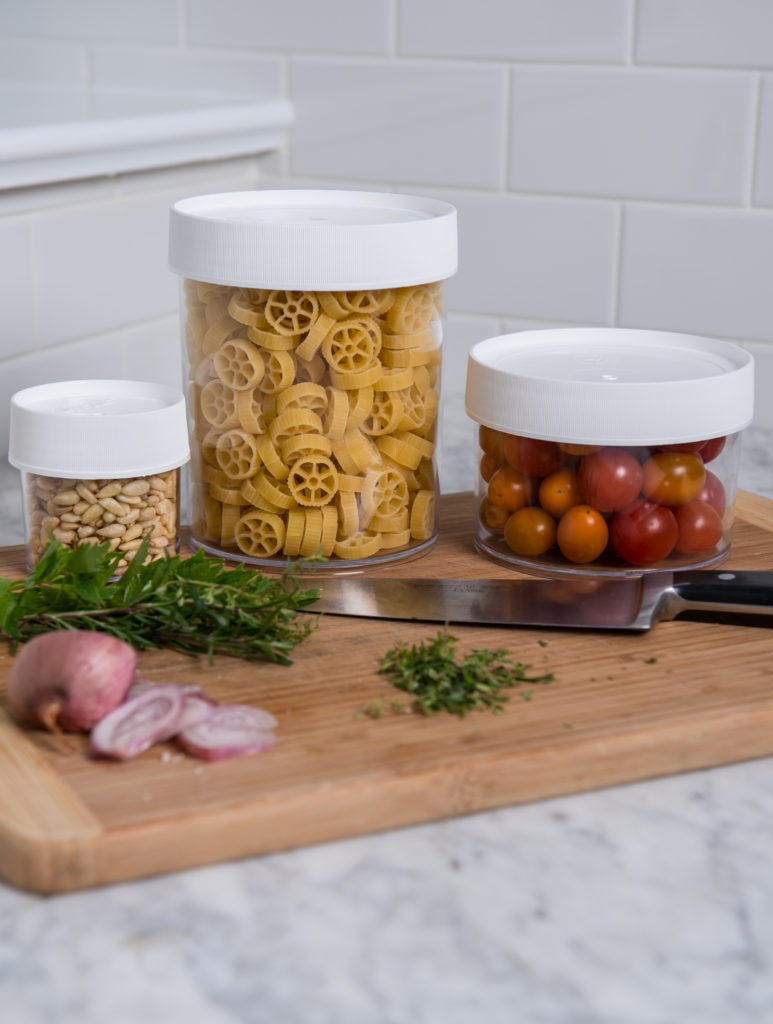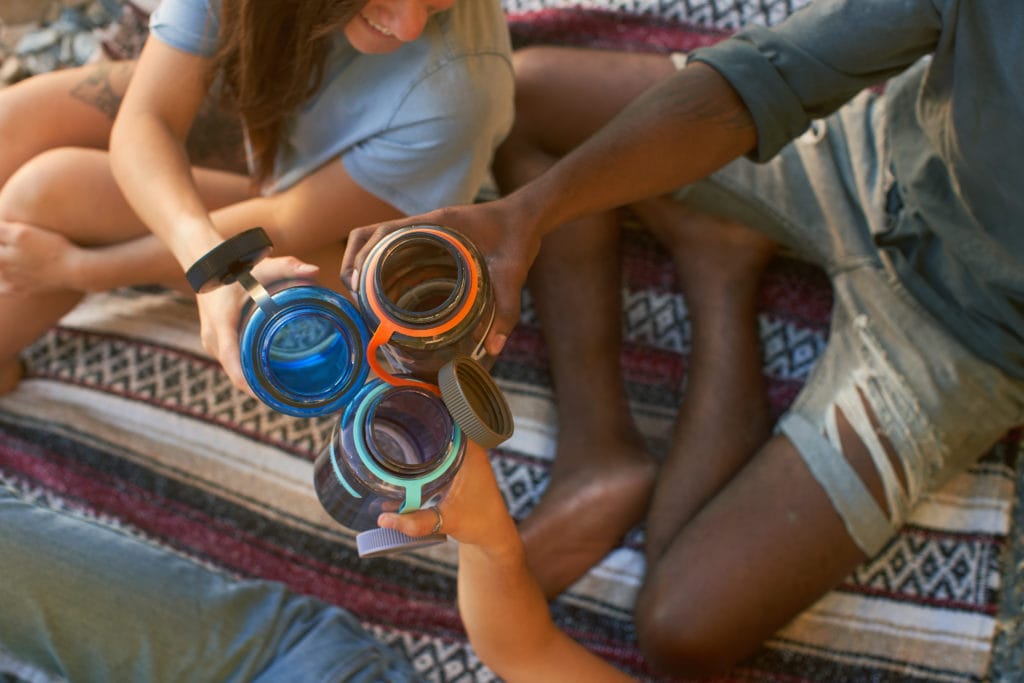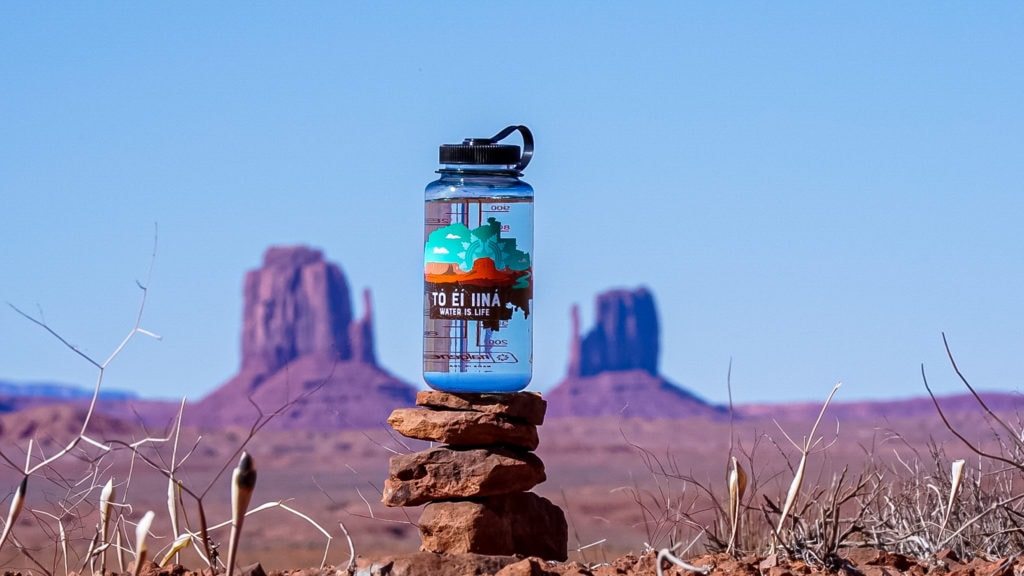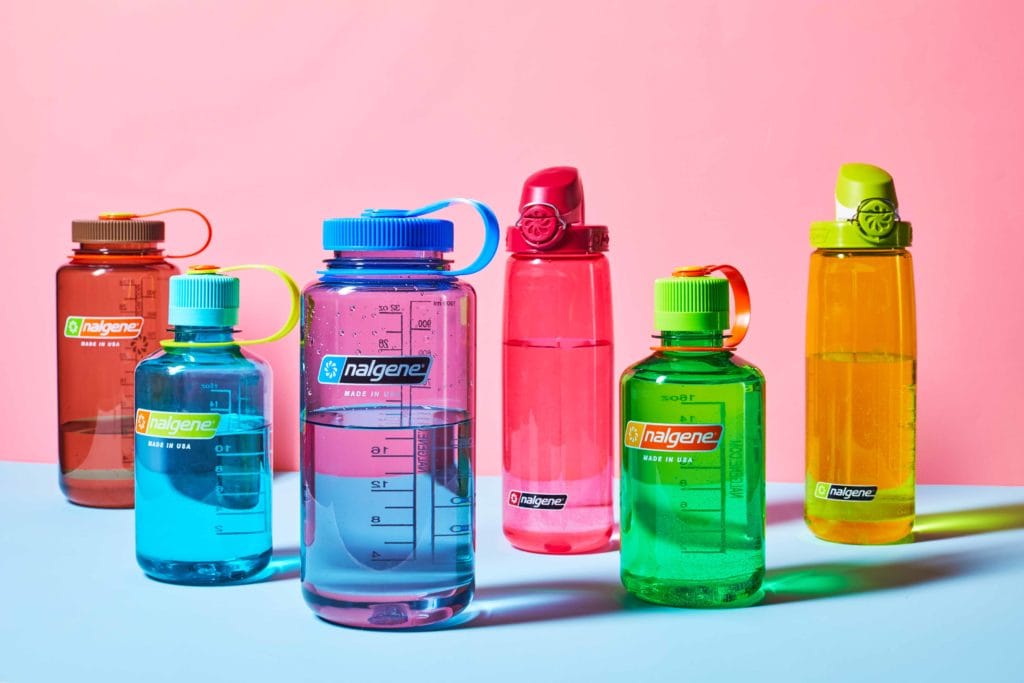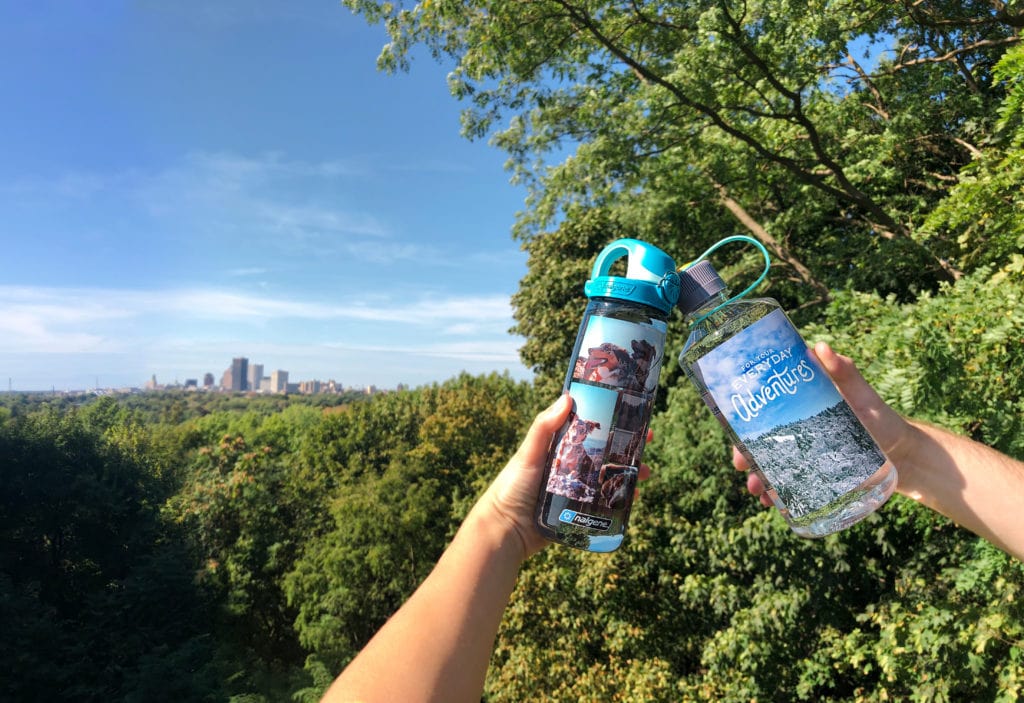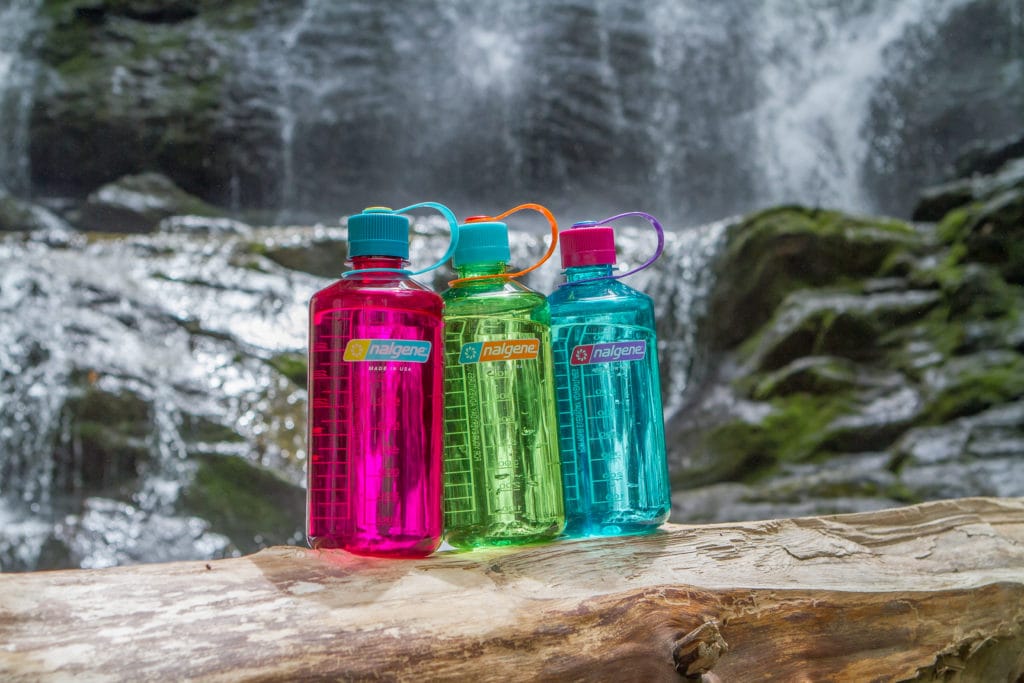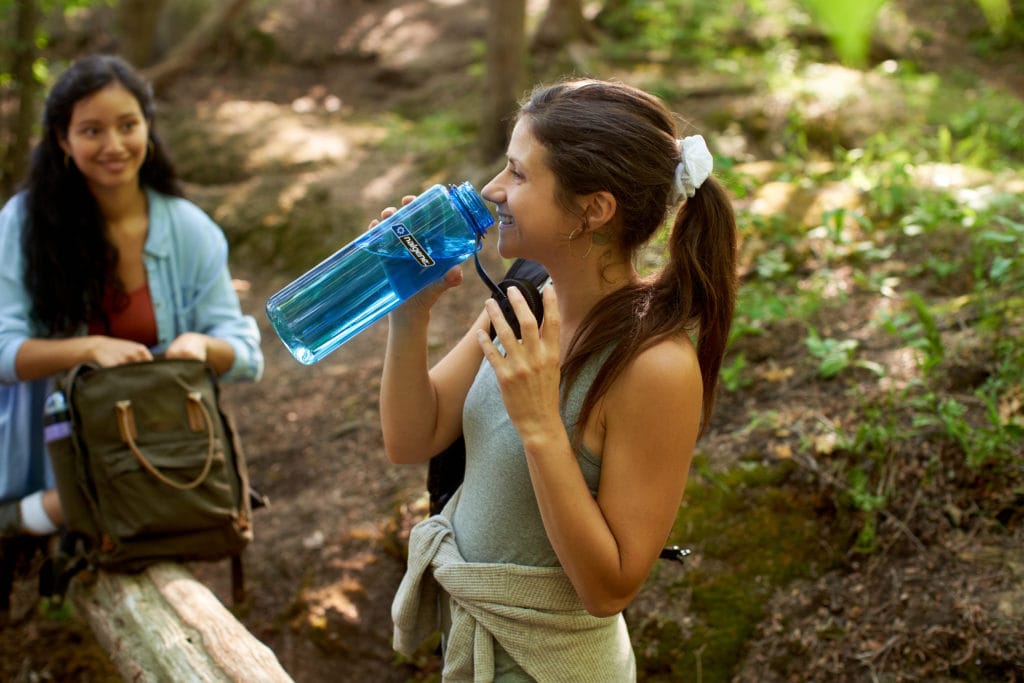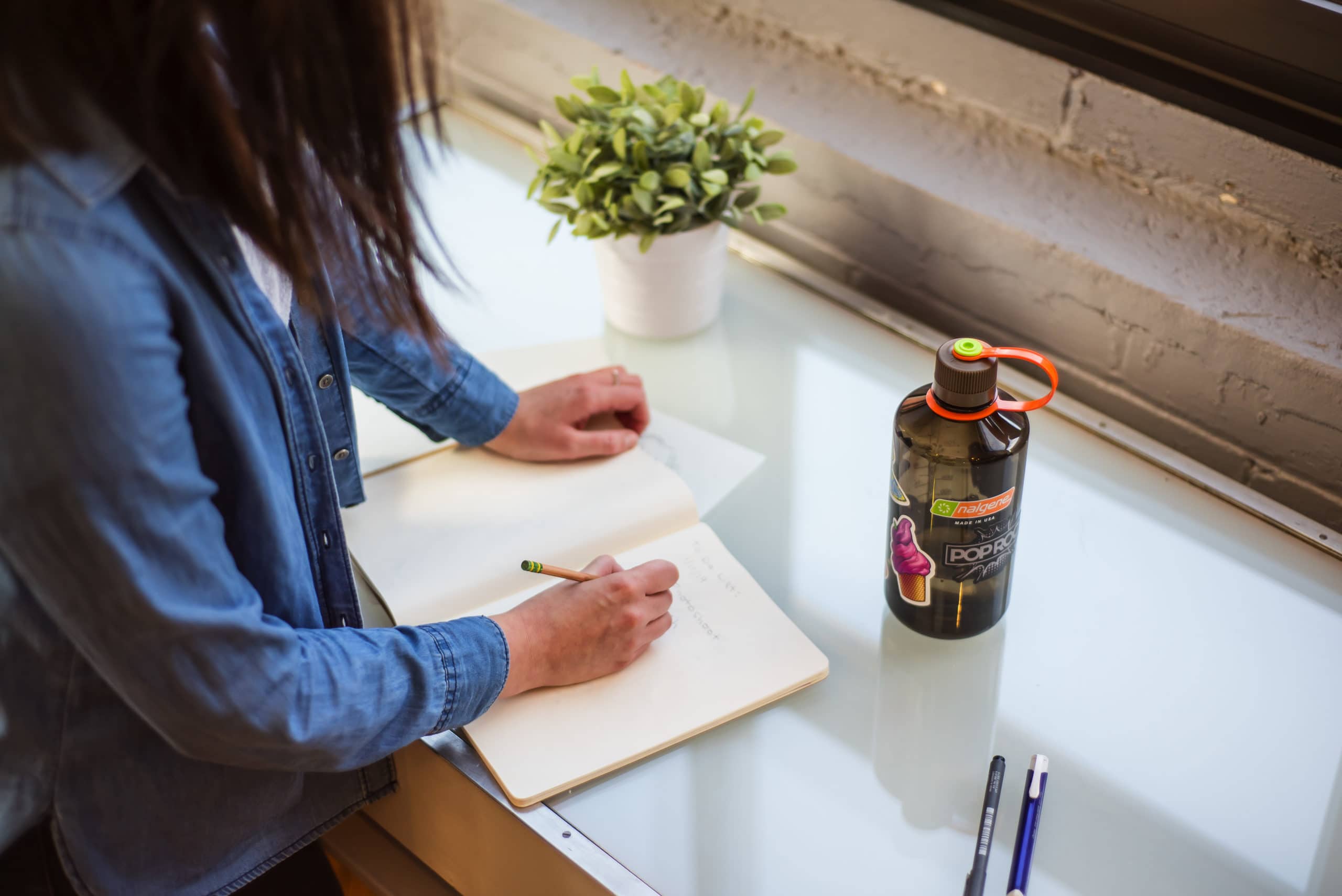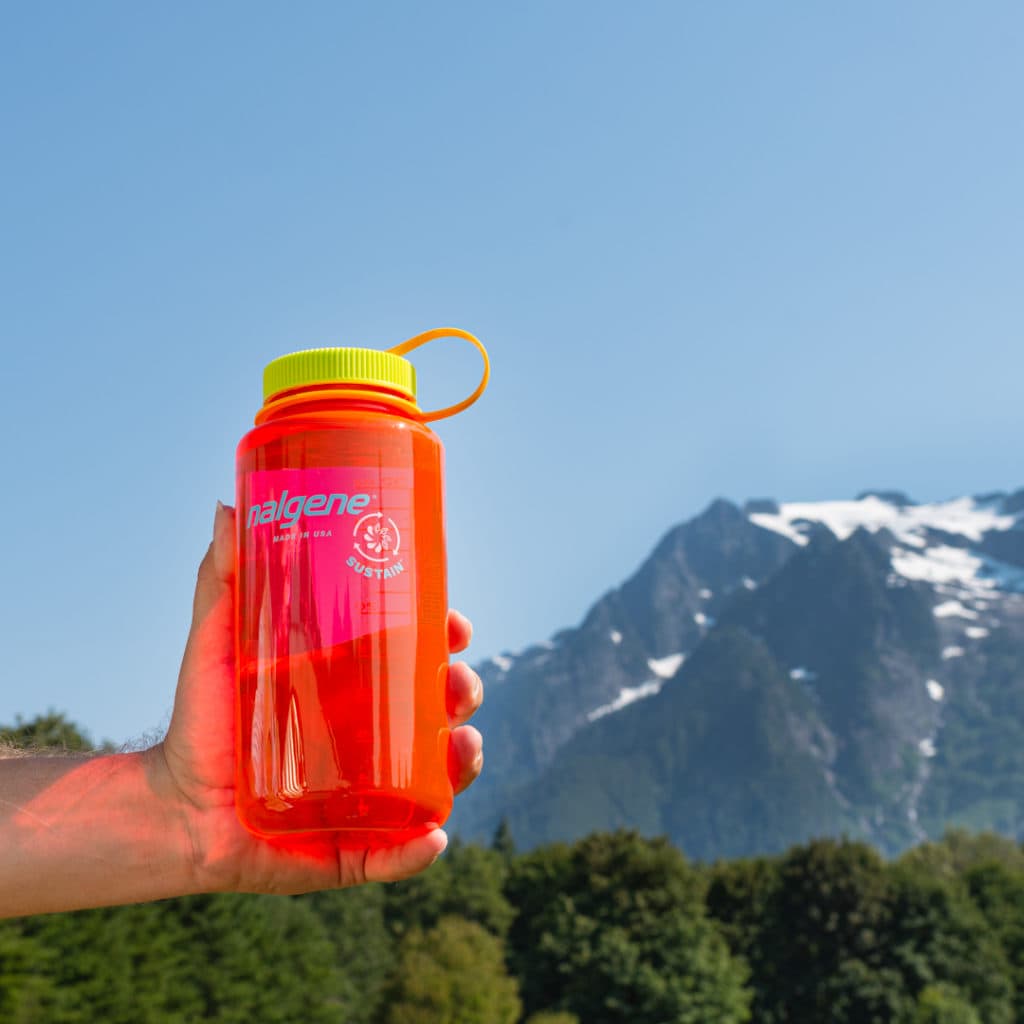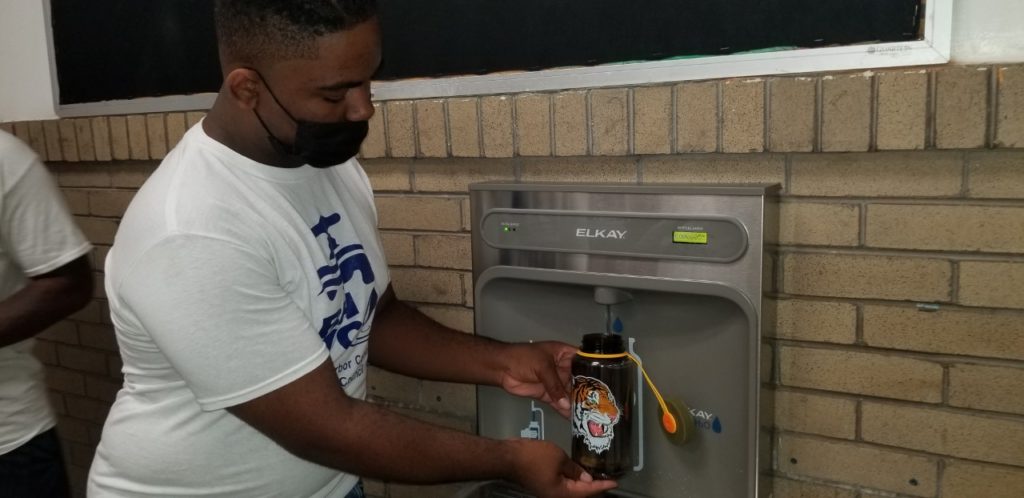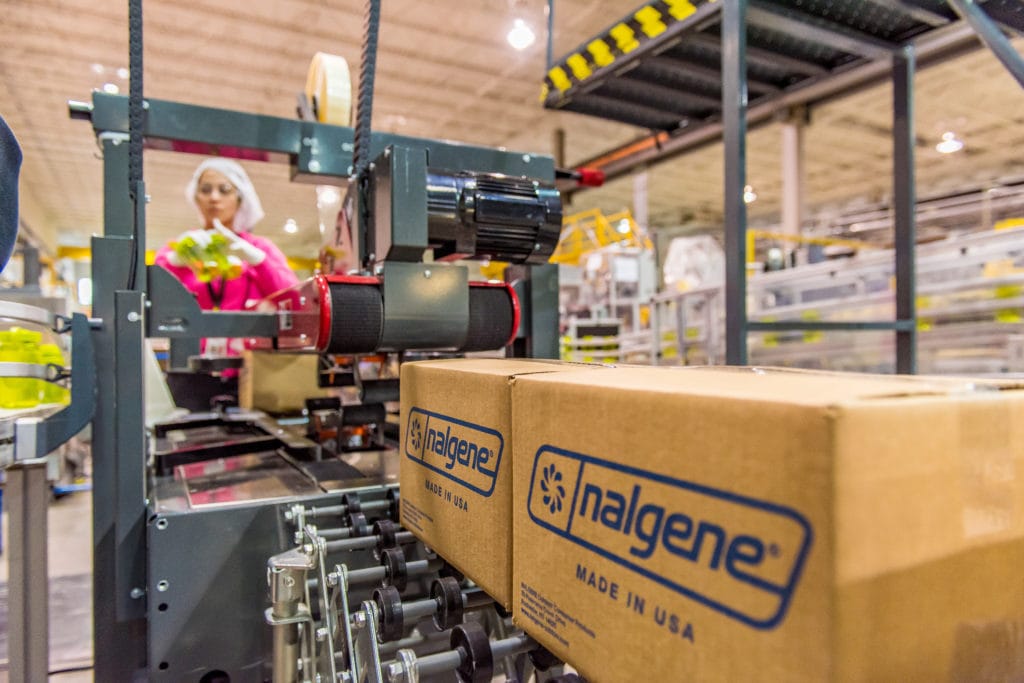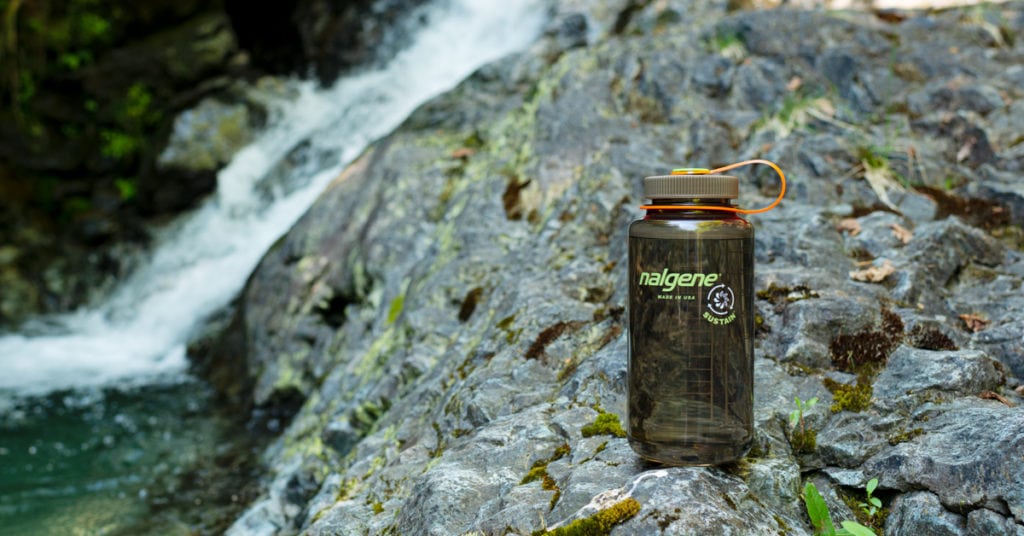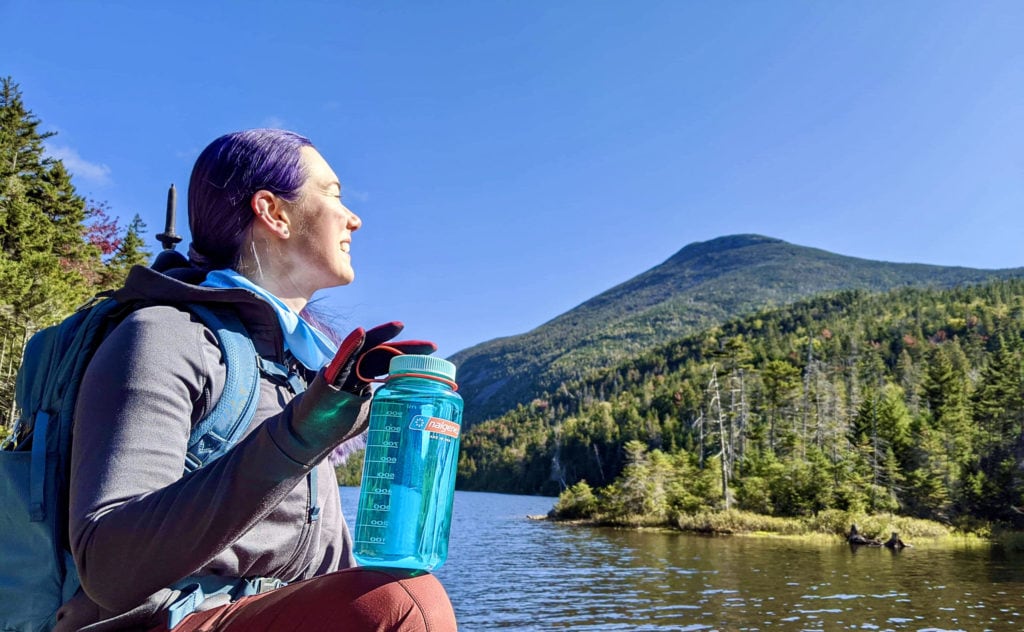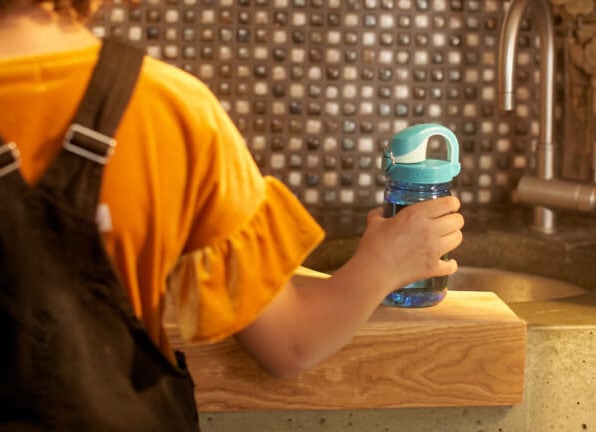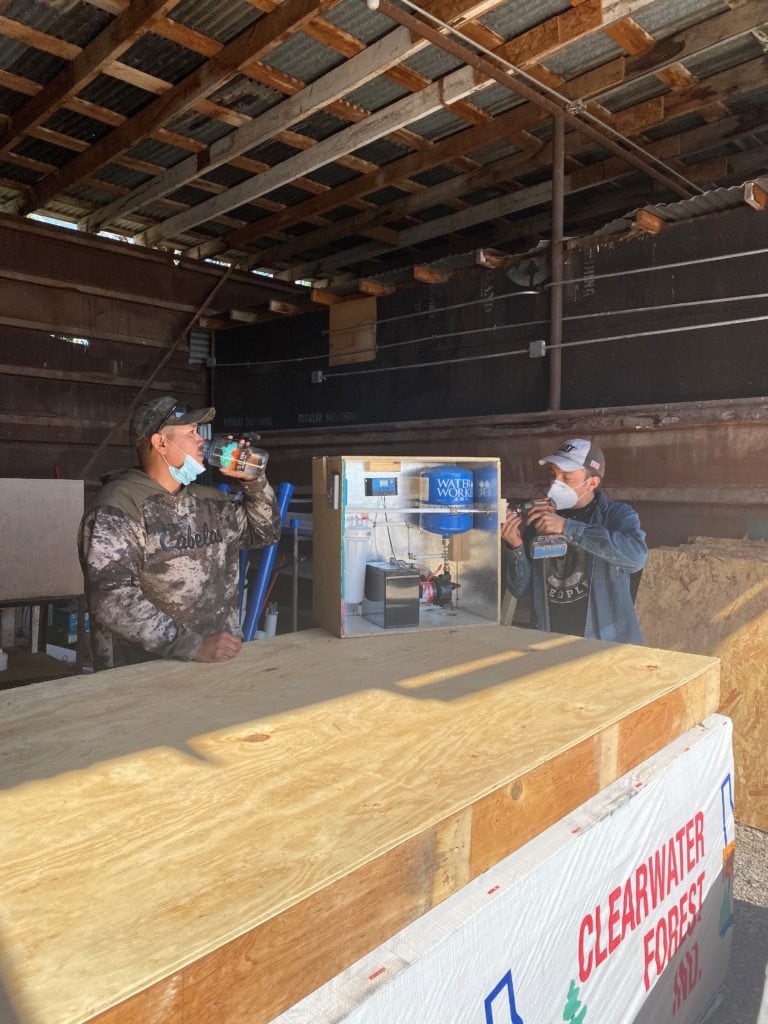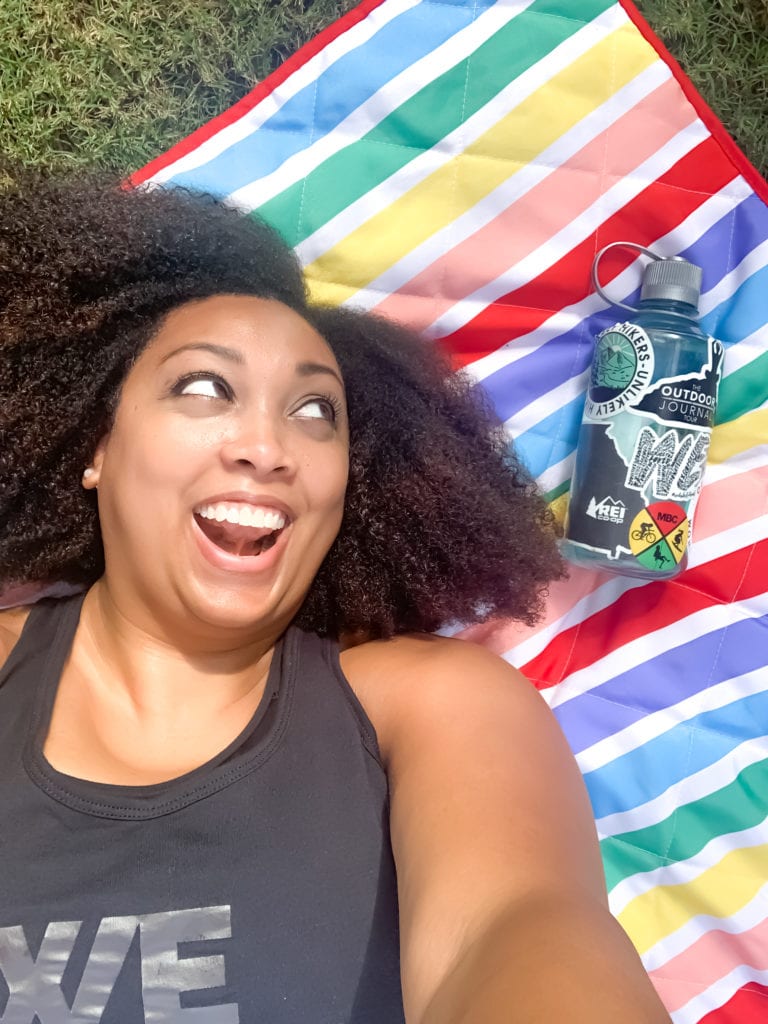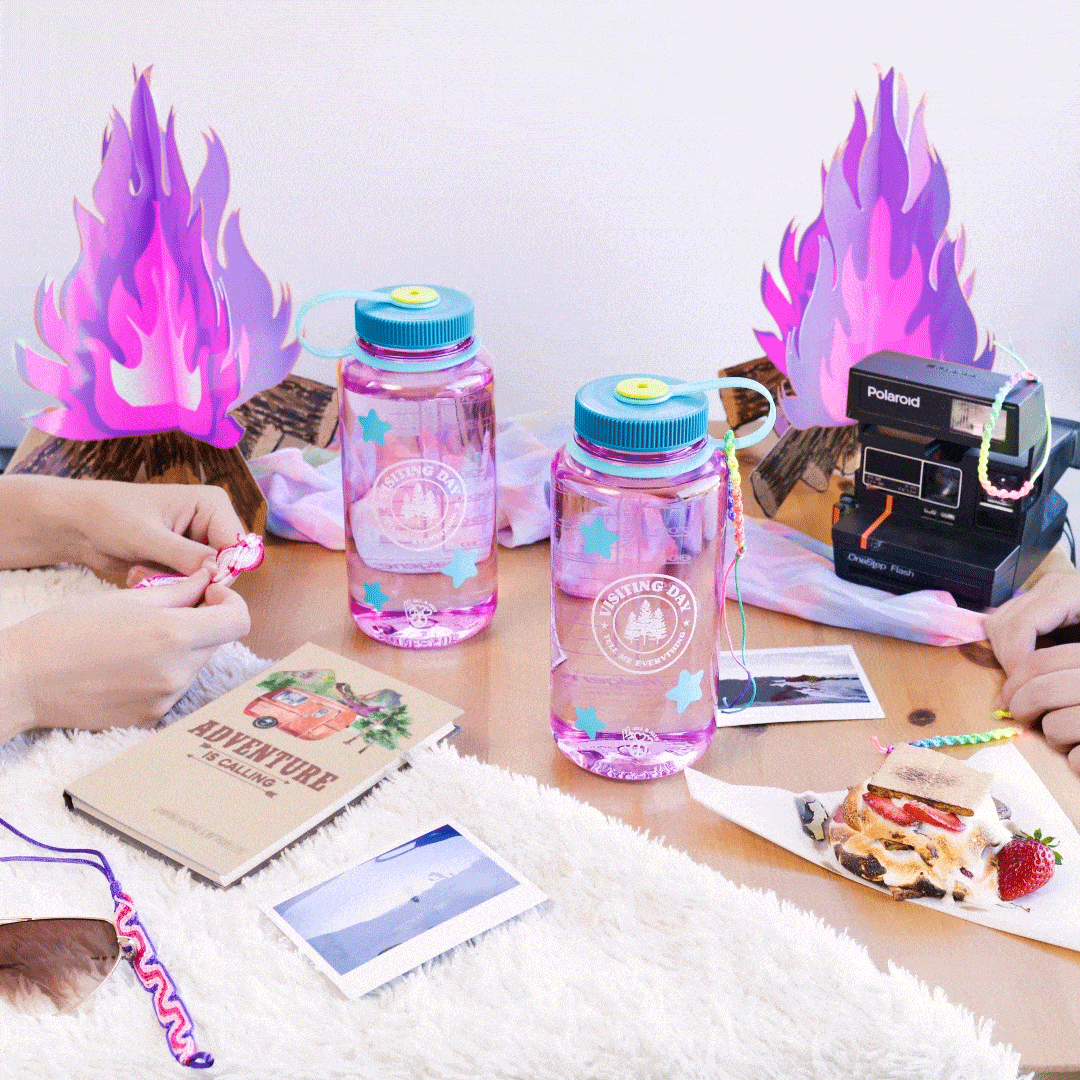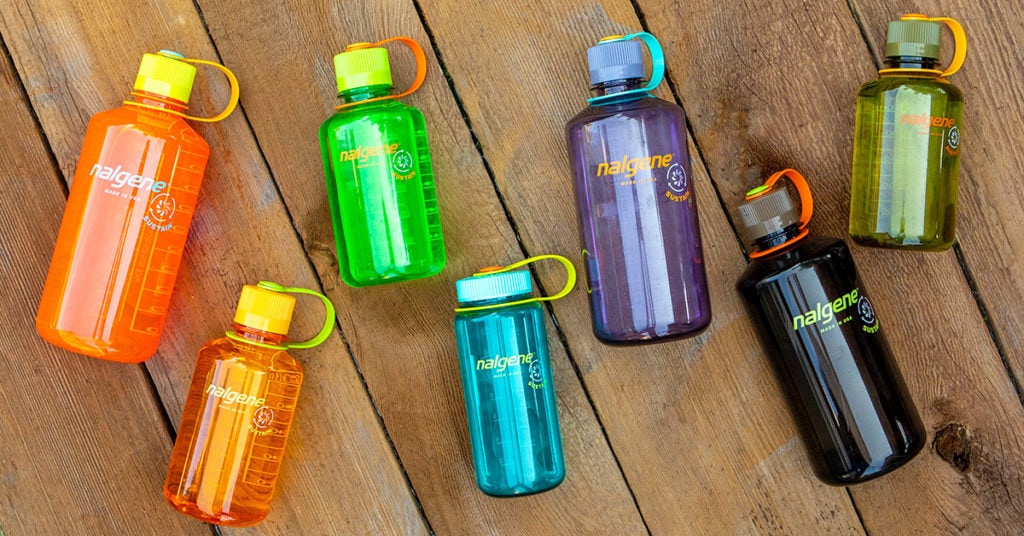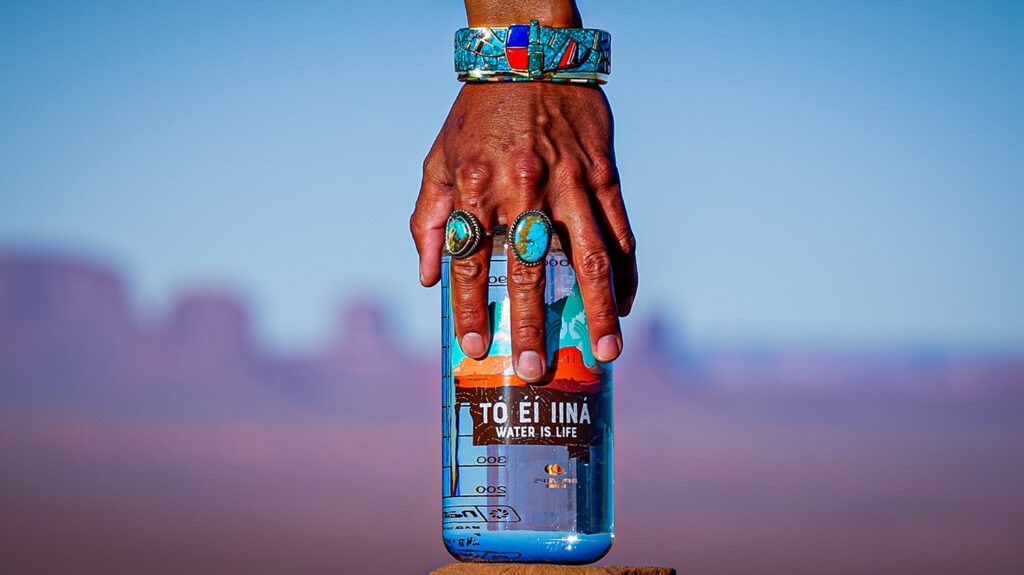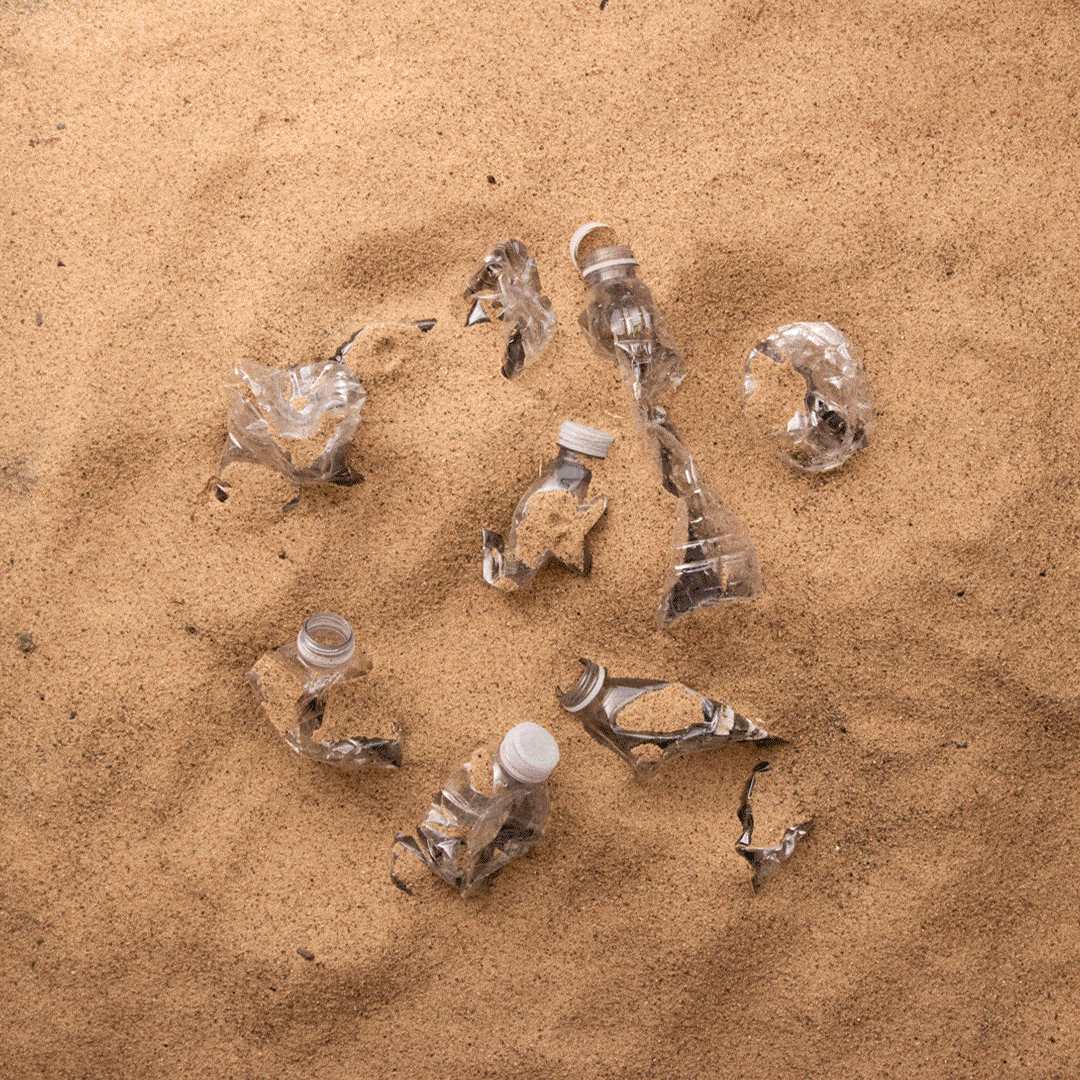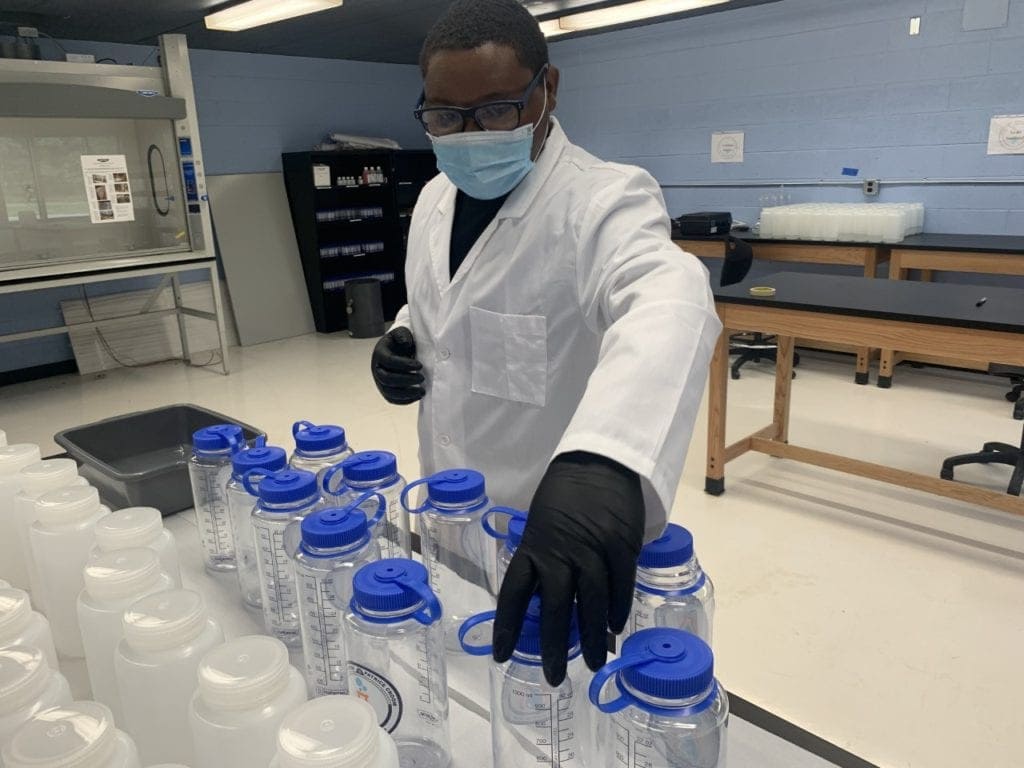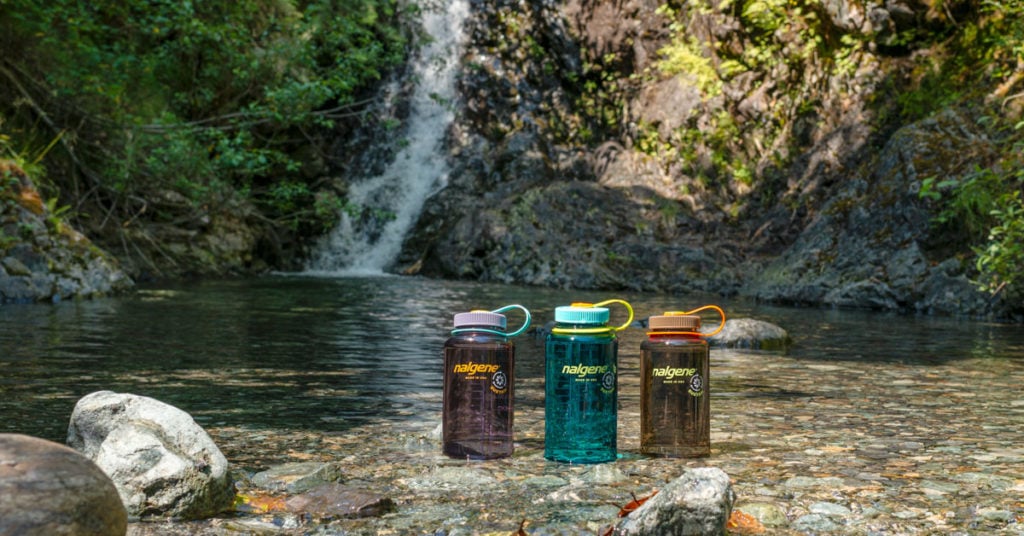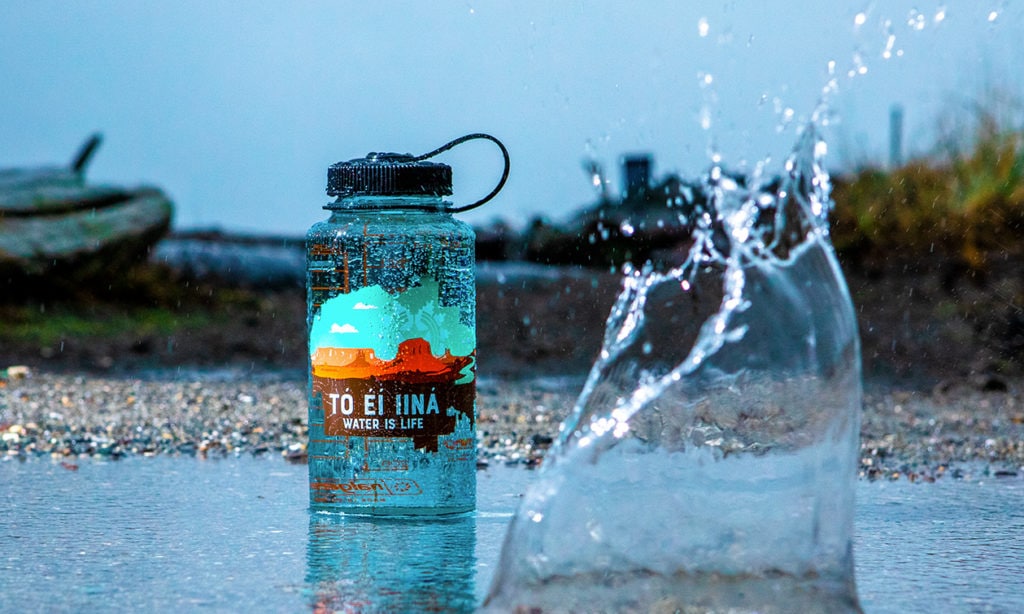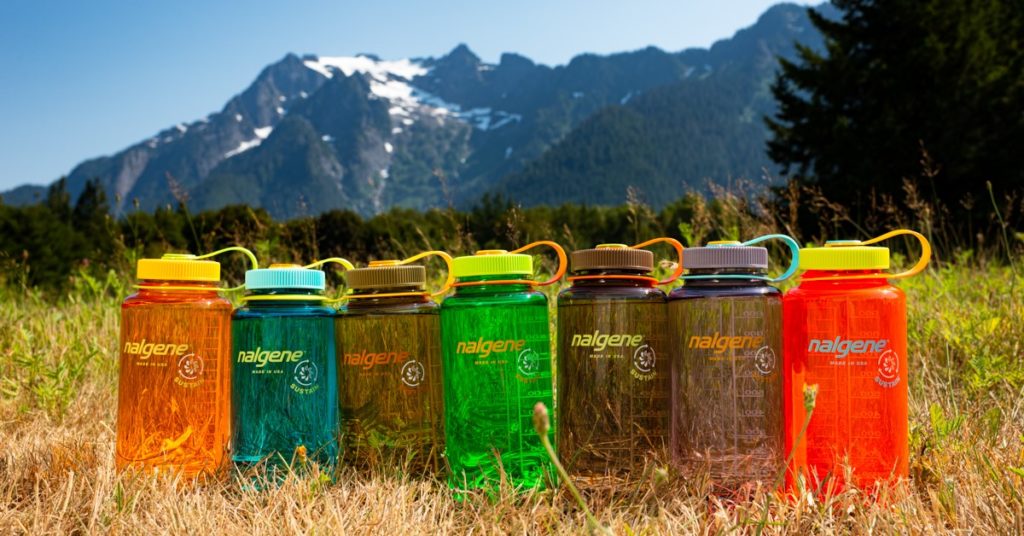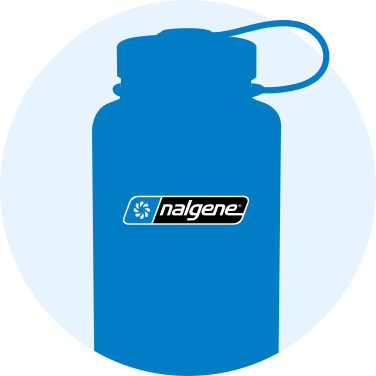Ahh, recycling. The incredible process of taking materials that would be thrown away, and making them into something new. While recycling has been practiced in one form or another for much longer than you might think, it has become even more important in the modern era, particularly when it comes to plastic. This is mainly due to the sheer levels of plastic production and usage, and how much these numbers have exploded over the years. Since the mass production of plastics started just six decades ago, the latest figures show that humans have produced more than 8.3 billion metric tons of it. And sending it all to landfills is clearly not an option. Enter: recycling.
While we all likely understand just how important it is to participate in recycling for the health of our planet, there’s another way that us humans are able to reduce the harm of our plastic usage: by actually choosing products made out of those recycled plastics. Yep, we have the choice to buy shiny new products made out of old plastics that were destined for the landfill.
Here’s another thing you might not realize about plastic: despite how much plastic is out there and its potential to impact the environment, the creation of plastic itself was actually pretty revolutionary. It marked the first time there was widespread access to a synthetic lightweight and sturdy material. Can you imagine trying to take your lunch to work in a container made out of heavy stone? No, we can’t either.
In general, when you choose to sip your water out of any Nalgene instead of a disposable plastic bottle, you’re saving about 167 of those disposable bottles from landfills a year. While that’s enough plastic to write home about, it gets even better. Some of our beloved bottles are actually made out of recycled plastics themselves, meaning that you’re giving a new life to former bottles which were going to end up in the trash. Now that’s a positive environmental impact to raise a Nalgene to.
